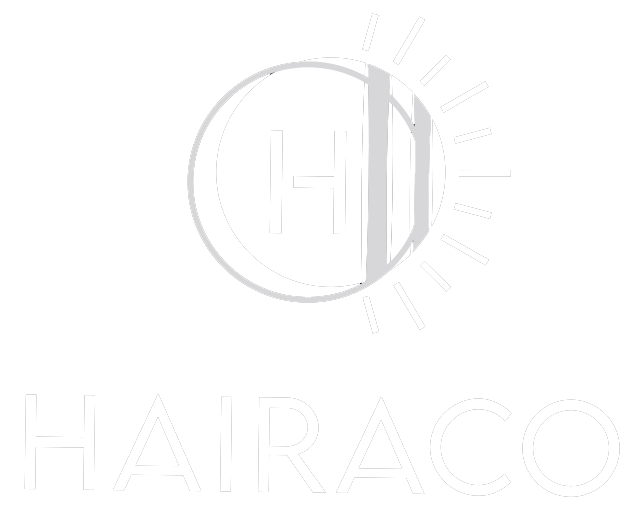The art of hair coloring has evolved significantly over the years, introducing a plethora of innovative tools and techniques designed to achieve stunning, natural-looking results. Among these tools, hair coloring boards stand out as indispensable aids for achieving precision and creativity. This article delves deep into the creative techniques for mastering hair coloring boards, ensuring salon-quality results whether you’re a professional stylist or a DIY enthusiast.
Understanding Hair Coloring Boards
Hair coloring boards, also known as balayage boards, are flat surfaces used to support hair sections during the coloring process. These boards provide a stable platform to apply dyes and bleach, particularly useful for techniques such as balayage, ombre, and highlights. The main goal is to create a smooth, even application that results in a seamless color transition.
Types of Hair Coloring Boards
There are several types of hair coloring boards available, each designed for specific purposes:
- Flat Boards: Simple and versatile, ideal for most coloring techniques.
- Curved Boards: Perfect for accommodating the natural curve of the head, ensuring more ergonomic coloring.
- Texture Boards: These have textured surfaces to help hold the hair in place, reducing slip and ensuring precision.
When choosing a board, consider the type of coloring you’ll be doing and the level of control you need.
Techniques to Master Hair Coloring Boards
Balayage
Balayage is a freehand technique where the color is painted onto the hair, creating a natural, sun-kissed effect. Using a coloring board helps to support the hair while you paint, allowing for even strokes and better control. Here’s how to do it:
- Section the hair and place a portion on the board.
- Hold the board at a slight angle to mimic the natural fall of the hair.
- Apply the color with a brush, using sweeping motions to blend the dye seamlessly.
- Gradually move the board up as you work through the hair, ensuring consistent application.
Foiling
Foiling involves using foil to isolate sections of hair for precise highlights. The coloring board can provide the necessary tension and support:
- Place the sectioned hair on the board.
- Take a piece of foil and position it under the hair, with the board providing a stable base.
- Apply the color evenly, making sure to cover all strands.
- Fold the foil over the hair, using the board to press and seal the edges securely.
Ombre
Ombre coloring involves a gradient effect, transitioning from darker roots to lighter ends. The board helps to precision-apply the color at different levels:
- Divide the hair into sections and lay a section on the board.
- Apply the darker color at the roots, gradually blending in the lighter color towards the ends.
- Use a blending brush to soften the transition lines, ensuring a smooth gradient.
- Repeat on each section, maintaining consistency throughout.
Tips for Success
To achieve the best results with hair coloring boards, consider the following tips:
- Keep the Board Clean: Wipe the board down between sections to prevent color transfer and blotches.
- Practice Consistency: Ensure even pressure and consistent brush strokes for a flawless application.
- Use Quality Tools: Invest in high-quality brushes and coloring boards to enhance precision and control.
- Maintain Proper Lighting: Good lighting is essential to spot any uneven applications and ensure accurate color placement.
Recommended Products
For those looking to elevate their hair coloring game, consider incorporating these products into your toolkit:
- Hairaco Premium Balayage Board: A durable, ergonomic board designed for professional-grade balayage and ombre techniques.
- Hairaco Precision Brush Set: Quality brushes that allow for intricate detail and seamless color blending.
- Hairaco Anti-Slip Texture Board: Ideal for maintaining hair placement during complex coloring processes.
Mastering the use of hair coloring boards requires practice and understanding of the techniques involved. With the right tools and methods, achieving beautiful, salon-quality results is within reach for anyone. Happy coloring!

